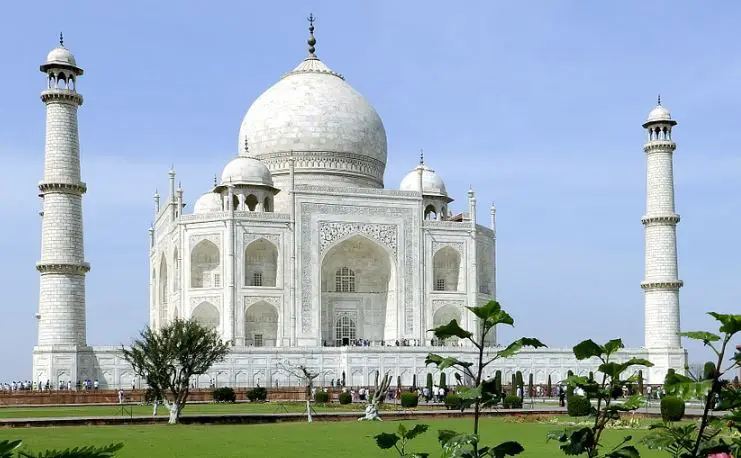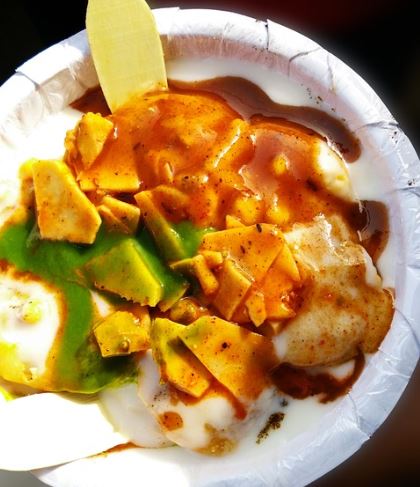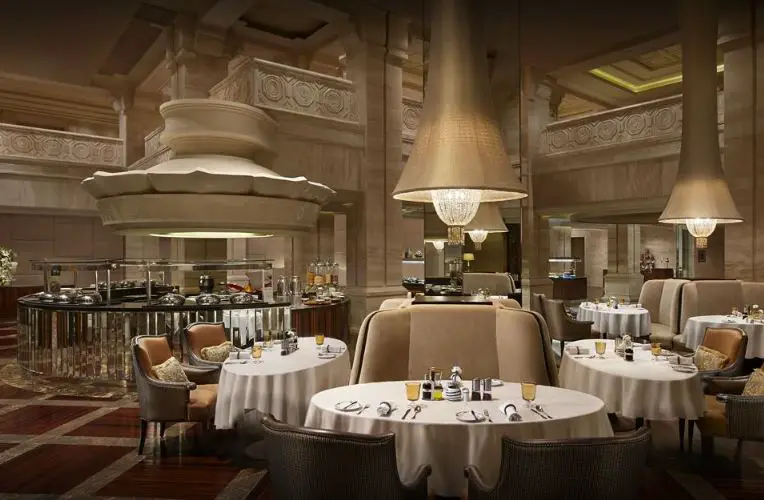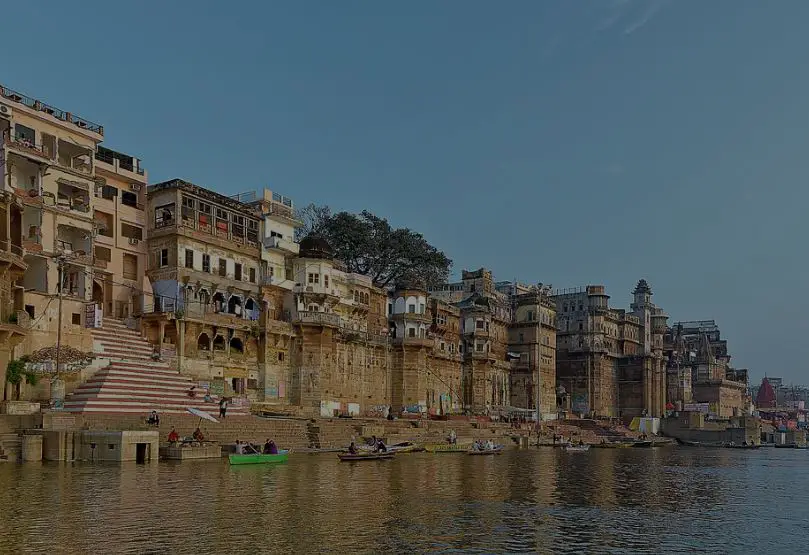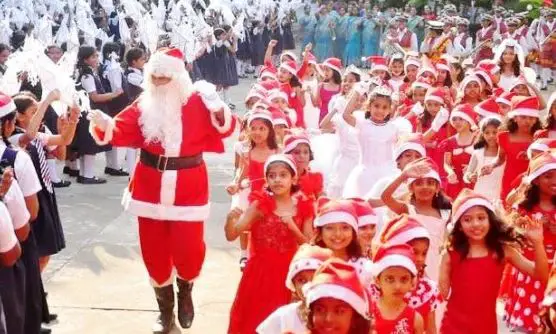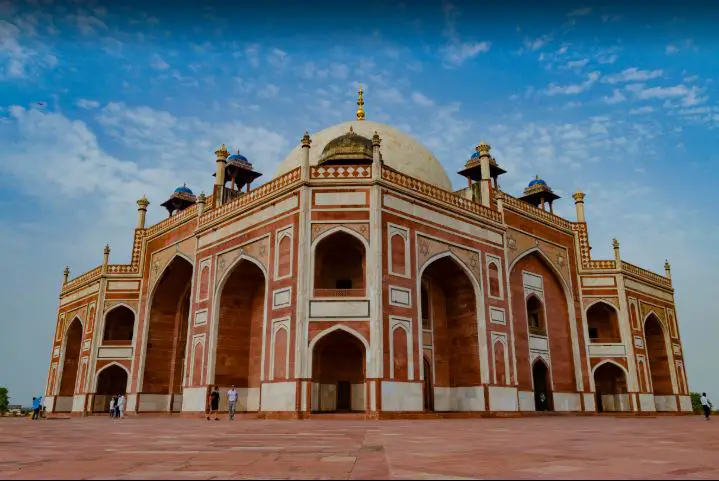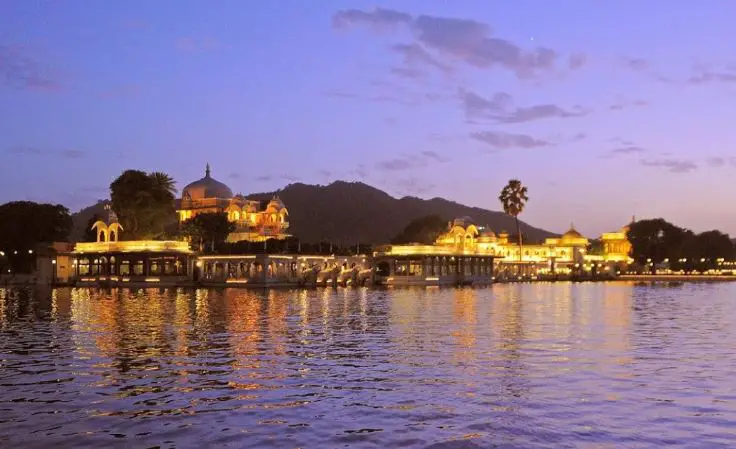How do I explore the history of Indian music and dance?
Post ByAdequate Travel
Summary
Exploring the highly-rich, centuries-old Indian culture through its music and dance is an amazing way to understand the country’s diverse religious and spiritual influences. In this blog, we’ll look at the various ways people can get a taste of India’s vibrant musical and dance traditions. Keep in mind that travel guidelines and travel rules may change anytime, so regularly check for updates to ensure a hassle-free and memorable travel experience.Exploring the History of Indian Music and Dance
This guide will provide you with a comprehensive way to explore the history of Indian music and dance.
1. Begin with the Indus Valley Civilization
The history of Indian music and dance can be traced back to the ancient Indus Valley Civilization, which dates back to around 2500 BCE. Explore the archaeological findings and artifacts from this period to understand the early roots of Indian music and dance.
For example, the discovery of terracotta figurines depicting musicians and dancers provides insight into the musical and dance practices of that time.
2. Study the Vedic and Sanskrit Traditions
The next phase in the history of Indian music and dance is the Vedic period, around 1500 to 500 BCE. The Vedic texts, such as the Rigveda, mention various forms of music and dance.
Focus on understanding the role of music and dance in the Vedic rituals and ceremonies. Research the different instruments and dance forms mentioned in the ancient texts.
3. Explore the Influence of Ancient Indian Epics
A significant period in Indian music and dance history is the time of the ancient Indian epics, the Ramayana and the Mahabharata. These epics mention specific instances of music and dance performances.
Read the epics to gain an understanding of the types of music and dance prevalent during that era. Explore the regional variations in music and dance styles mentioned in different parts of India.
4. Study the Medieval Period
The medieval period in India saw the emergence of classical music and dance forms. Learn about Carnatic music of South India and Hindustani classical music of North India.
Research the historical background and development of different gharanas (lineages) in Hindustani classical music. Understand the evolution of dance forms like Kathak, Bharatanatyam, Odissi, and Kathakali.
5. Learn About Influential Figures
Study the lives and contributions of influential musicians and dancers throughout Indian history. Some notable figures include Tansen, Muthuswami Dikshitar, Rukmini Devi Arundale, and Uday Shankar.
Explore their musical compositions, dance performances, and the impact they had on the development of Indian music and dance.
6. Attend Performances and Workshops
Immerse yourself in the contemporary music and dance scene in India. Attend live performances by renowned musicians and dancers to witness the evolution of Indian music and dance forms.
Participate in workshops conducted by experts to learn specific music and dance techniques. Interacting with practitioners will provide you with practical insights into the history and application of these art forms.
7. Visit Museums and Cultural Centers
Visit museums and cultural centers that showcase the history and heritage of Indian music and dance. These institutions often have exhibitions, displays, and audiovisual presentations that provide a rich understanding of the subject.
For instance, the Sangeet Natak Akademi in Delhi and the Bharat Bhavan in Bhopal are renowned cultural centers that offer valuable resources on Indian music and dance.
By following these steps, you can embark on a comprehensive exploration of the history of Indian music and dance.The place is known for its rich history and culture, welcomes tourists with open arms. However, be sure to review the travel advisory and travel warnings to ensure a safe and enjoyable experience.Suggested Questions
- Tunnel No. 33, Shimla, Himachal Pradesh: Horror Story, History & Paranomial Activities
- Feroz Shah Kotla Fort, Delhi: Horror Story, History & Paranomial Activities
- Savoy Hotel, Mussoorie, Uttarakhand: Horror Story, History & Paranomial Activities
- Shaniwarwada Fort, Maharashtra: Horror Story, History & Paranomial Activities
- Mukesh Mills, Mumbai, Maharashtra: Horror Story, History & Paranomial Activities
- Fernhill Hotel, Maharashtra: Horror Story, History & Paranomial Activities


